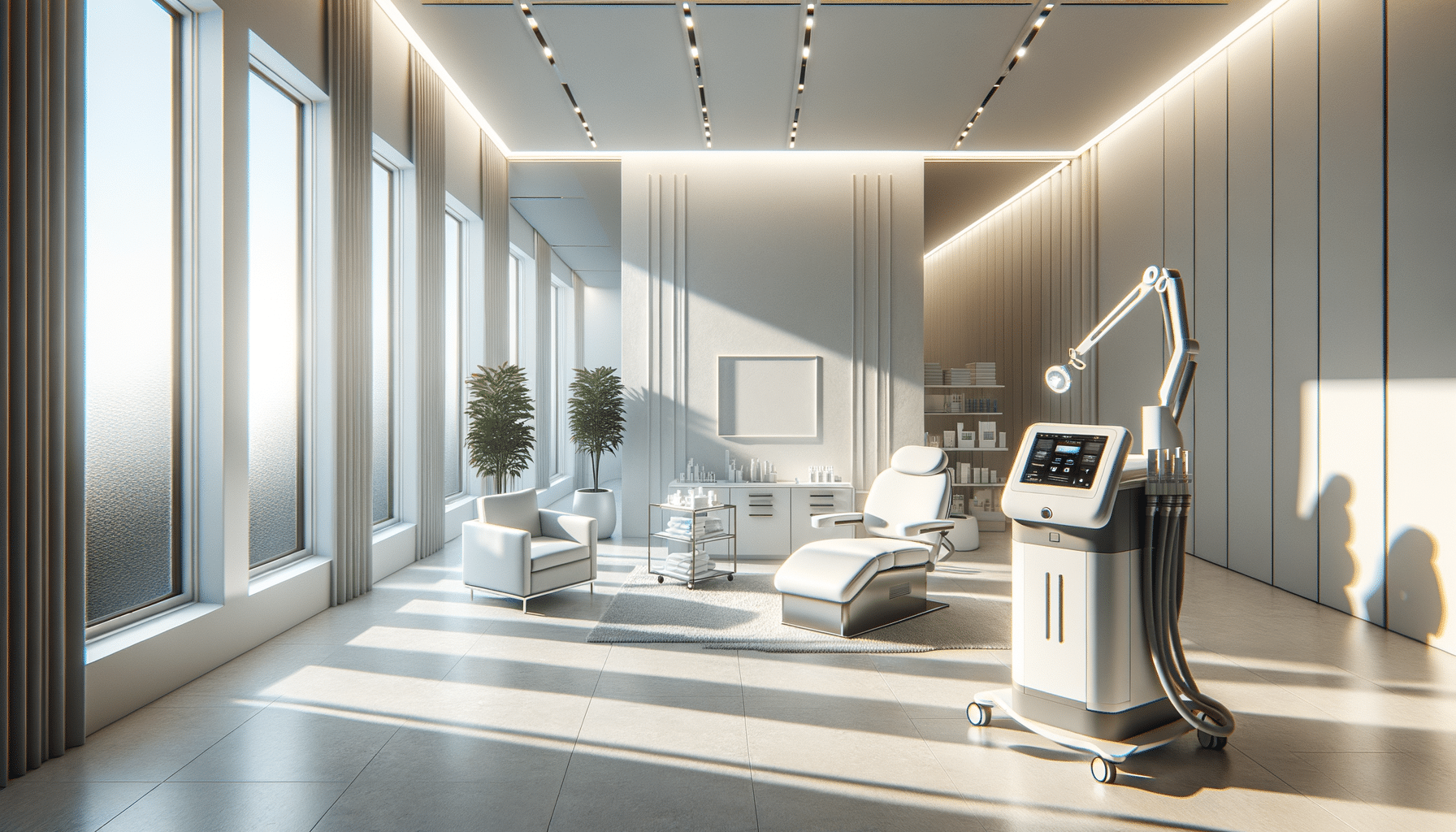
Tips for Buying Elegant Wedding Guest Dresses
Understanding the Dress Code
When attending a wedding, understanding the dress code is crucial to ensure that you are appropriately dressed for the occasion. Wedding invitations often include a dress code, which can range from casual to black-tie. For women over 70, comfort and style are key, and interpreting the dress code with these factors in mind can make all the difference.
For a casual wedding, think of light, breathable fabrics like cotton or linen. A floral sundress or a simple shift dress can work wonders. Semi-formal or cocktail attire calls for something a bit more structured, like a knee-length dress or a tailored skirt and blouse combination. Opt for fabrics like silk or chiffon that offer a bit of elegance without compromising comfort.
Black-tie events demand more formal attire. A floor-length gown in a classic color such as navy or burgundy can be both flattering and sophisticated. Consider dresses with sleeves or a matching shawl for added elegance and warmth. Remember, the key is to feel comfortable and confident, so choose styles that you feel good in.
Choosing Flattering Silhouettes
For women over 70, selecting a dress that flatters your body shape is essential. The right silhouette can enhance your features and provide a comfortable fit. A-line dresses are universally flattering and offer a timeless appeal. They gently flare out from the waist, providing a balanced look that suits many body types.
Empire waist dresses are another excellent choice, as they draw attention to the neckline and flow gracefully over the midsection. This style can be particularly flattering for those who prefer not to emphasize their waistline. Wrap dresses are also popular for their adjustable fit and ability to create an hourglass shape.
When considering necklines, V-necks and scoop necks can elongate the neck and draw attention to the face. For those who prefer more coverage, boat necks or high necklines can offer a sophisticated look. Always try on different styles to see which ones make you feel the most comfortable and confident.
Fabrics and Colors to Consider
The choice of fabric and color can significantly impact the overall look and feel of your wedding guest dress. Soft, breathable fabrics like cotton, silk, and chiffon are ideal for staying comfortable throughout the event. These materials drape beautifully and can add a touch of elegance to any outfit.
When it comes to colors, subtle hues such as pastels or muted tones can be both flattering and versatile. Shades like soft pink, lavender, and light blue can complement a variety of skin tones and are perfect for daytime weddings. For evening events, deeper colors like emerald, plum, or navy can add a touch of sophistication.
Patterns can also be a great way to add interest to your outfit. Floral prints, polka dots, or subtle geometric patterns can provide a playful yet elegant touch. Just be mindful of the scale of the pattern, as larger prints can sometimes overwhelm a petite frame.
Accessorizing with Elegance
Accessories can elevate a wedding guest outfit from simple to stunning. For women over 70, choosing the right accessories involves balancing style with comfort. Start with a pair of comfortable shoes, as weddings often involve standing and dancing. Low-heeled pumps or elegant flats can provide the necessary support while still looking chic.
Jewelry should complement the dress without overpowering it. Consider classic pieces such as pearl necklaces, delicate bracelets, or stud earrings. A statement piece, like a brooch or a bold necklace, can add a focal point to your ensemble.
Handbags are another essential accessory. A small clutch or a crossbody bag in a neutral color can be both practical and stylish. Consider a bag with a bit of embellishment, such as beads or sequins, for a touch of glamour.
Adapting to Seasonal Changes
Seasonal changes can influence your choice of wedding guest attire. For spring and summer weddings, lighter fabrics and brighter colors are often preferred. Dresses with short sleeves or sleeveless options can keep you cool in warmer weather. Consider bringing a light shawl or wrap for cooler evenings.
In fall and winter, opt for richer fabrics like velvet or wool blends. These materials provide warmth and add a luxurious feel to your outfit. Long-sleeved dresses or those with a matching jacket can offer additional coverage and comfort.
Layering is key for adapting to changing temperatures. A stylish blazer or a tailored coat can be easily removed or added as needed. When choosing footwear for colder months, consider closed-toe shoes or ankle boots for added warmth.


